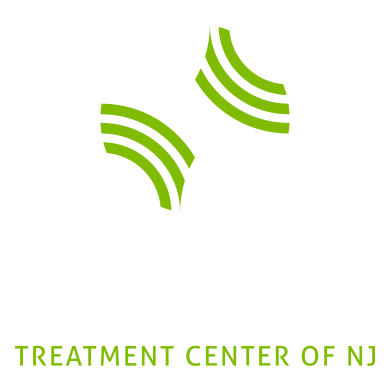Cleft-lift procedure
An off-midline pilonidal excisional technique which aims to shallow the intergluteal cleft. This technique is associated with superior wound healing and dramatically low recurrence risk.
Drain
A silastic side-holed tube placed deep to an incision and connected to a self-suctioning reservoir bulb. The use of this tube prevents the accumulation of fluid in the postoperative period.
Excision
Surgical removal of diseased tissue.
Incision and drainage
The lancing of a pus-filled abscess, often in the fatty layer below the skin. It is a small procedure usually done with local anesthetic and intravenous sedation.
Intergluteal cleft
The natural midline fold and surrounding crevace that lies between the upper buttocks. The “microenvironment” present within the cleft, one of high bacterial load and moisture, is a predominant factor in pilonidal disease.
Midline pits
Enlarged and visible skin pores found at the central aspect of the cleft. A result of trauma to the associated hair follicle, a midline pit serves as an entry point for hair shafts and debris. A midline pit will often evolve into a pilonidal abscess or sinus tract.
Packing
Cloth strips, often imbedded with iodine, used to fill an abscess cavity following incision and drainage. It effects hemostasis early after the procedure. It is sometimes used to further draw out purulent fluid from the cavity.
Pilonidal abscess
A subcutaneous cavity filled with purulent fluid or “pus” under high pressure. Often seen on one side of the cleft, the overlying skin is red, warm, swollen, and extremely tender.
Pilonidal “cyst”
A cavity just under the skin filled with hair shafts and debris. It is most often palpated in the midline or on one side of the cleft. The term has largely been abandoned because a true cyst with an outside sac does not exist.
Pilonidal excision
The surgical removal of pilonidal-associated damaged tissue. Multiple techniques exist, and most are completed with a closed wound. This procedure contrasts with the incision and drainage, in which the primary aim is to drain pus from a pilonidal abscess. Pilonidal excision is electively done in the absence of acute infection. General anesthesia is the norm.
Pilonidal sinus tract
A smoothly-lined canal originating in the subcutaneous space and leading to a nodule or “pyogenic granuloma” at the skin surface. It often surrounds embedded hair shafts, and it serves as a chronic path of effluence for purulent fluid. The drainage may be slow or intermittent. A pilonidal sinus tract may develop at the site of a surgical lancing, or it may spontaneously appear. It has a very low risk of cancer development when not treated over decades.
Pit-picking
A minimally invasive pilonidal excisional technique in which hair shafts, debris, and inflammatory tissue are bluntly extracted via tiny cuts in the intergluteal cleft skin and also via midline pits.
CONTACT US TODAY!
Contact us today and let us help you leave your pain behind.


